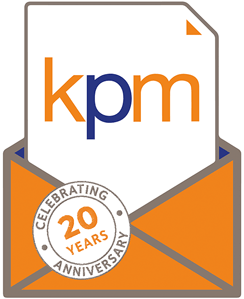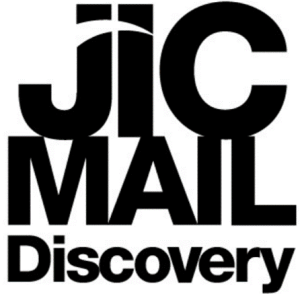Plan Your Campaign Series Blog 2: How to Create Successful Direct Mail
So you have decided to run a direct mail campaign – great news! Mail has the power to drive people online, and gain a digital response from 70% of customers. In a digitally saturated world, the tactile nature of print leaves a lasting impression and drives conversions.
More businesses are benefitting from the combined power of mail and email – it’s no longer the case to choose either/or but both to deliver optimum results. To connect with your customers there are a number of steps to ensure a successful direct mail campaign.
Initially, you will have thought about the best strategy to reach customers at key points in their journey. You will also have a thorough understanding of your customer types and created personas to help target each one. You will also have a robust data list and have segmented it according to your strategy, making selections for this campaign. All of these points are covered in our previous blog, How to target your direct mail campaign, so head there if you need help with this stage.
This article will focus on campaign creation. This includes writing a compelling message, choosing the right format for your campaign and honing the creative.
Write compelling copy
Always write with your audience in mind and use language that will resonate with them (refer back to your audience personas). Write in a style and tone that fits with your brand, and that your audience will expect; whether youthful and humorous or a more professional and serious approach.
Headlines
Headlines and subheads are crucial – David Ogilvy claimed in 1963 that 5 times as many people read headlines as they do body copy. This is still true, so aim to tell a story with your headings in order to pull prospects through the piece.
Headings need to be concise and include benefits. Also, try asking a question to engage the audience about a challenge they may have and you can solve.
Body copy
In the body copy you can go into more detail, but put the benefits up front. Start the sentence with “Reduce costs with…” rather than putting it at the end. The body copy is also a good place to use emotive copy and empathise with a challenge the customer is facing, how you can resolve it and what the improved end result will be.
Finally, don’t use industry jargon or assume that your audience is familiar with acronyms. When in doubt write less – successful direct mail leaves plenty of space for visual imagery (a picture is worth a thousand words!). Get straight to the point and only write about the most important details.
Perfect the creative
Successful direct mail is extremely versatile.
A mailing package can include whatever you want to convince your audience of the benefits of your product or service. Incentives such as special offers, coupons, samples and discounts all help to increase response rates.
Elements often include an envelope, letter, brochure and reply card, but we’ve sent items ranging from teabags to money boxes for clients. Again it’s important to align your campaign objectives with your audience.
If you are trying to sell an extremely high-end luxury item choose a format, stock and finish that reflect the premium nature of your product. However if your offer is more about high volume and low cost, choose a lower cost format and stock accordingly.
- Mailer – coming in all formats and sizes the options here are endless. Do consider the format and size up front, including what size envelope it will need and the postage required to work to your budget. Mailer items may include leaflets, brochures, company magazines and newsletters, postcards and foldouts. Also consider ‘attention grabber’ items and merchandise, or product samples.
- Envelopes – use the envelope as your first sales opportunity. Lots of companies forget this and send a standard type, but these can be designed, branded and come in a range of colours to stand out in the mail. Use an enticing message or offer to encourage the recipient to open it.
- Sales letter – don’t underestimate the power of a well-written sales letter. Sales letters are inexpensive to produce, easily personalised and easy to test. Include an attractive offer and repeat it at least twice (at the beginning and end) to emphasise the message. If possible add a deadline or closing date to encourage a prompt response.
A great way to check the effectiveness of your creative is the 5-second ad review. Find a non-biased friend or colleague and let them look at your mock-up for 5 seconds. Then take it away and ask some key questions – what is being sold? What is the offer? What action are they supposed to take next?
If they can answer the questions your mailer hits the spot. If not review and try again!
Call to action
Ensure that your creative includes a clear message and a strong call to action. Make it as easy as possible to respond and offer a variety of methods to suit everyone; whether mail, telephone, email and website. Pre-paid reply cards can be effective at boosting responses.
It’s a good idea to include a response code, to track responses and help you to assess the effectiveness of the campaign. Tracking mechanisms include standard codes, QR codes, phone numbers, email responses, landing page hits and submissions and, of course, sales.
We will cover A/B testing, postage and fulfilment options and campaign evaluation/ROI in future blogs in the series.
Direct mail success! In summary:
To create successful direct mail get these three things right:
Offer – Write compelling copy that clearly and succinctly explains your offer. Include benefits and show how your product or service will make life better Consider incentives such as a demo or sample to encourage response.
Creative – be creative with your creative! Consider the right format to suit your product/audience and budget, and optimise space by utilising the envelope or outer packaging. Test and refine how clear and memorable it is.
Call-to-Action – Include the correct contact information, very clearly in multiple places. Make it easy for people to respond and clearly state what action you want people to take “Call today..!”
Previous blog > 1. How to target your direct mail campaign
Next blog > 3. Your A/B Testing checklist (coming soon)





















